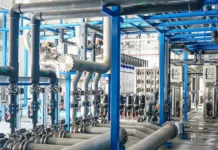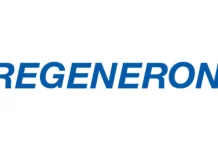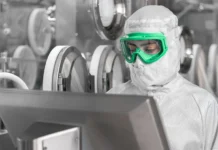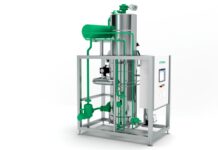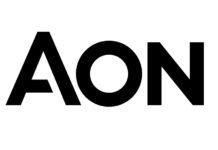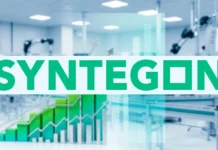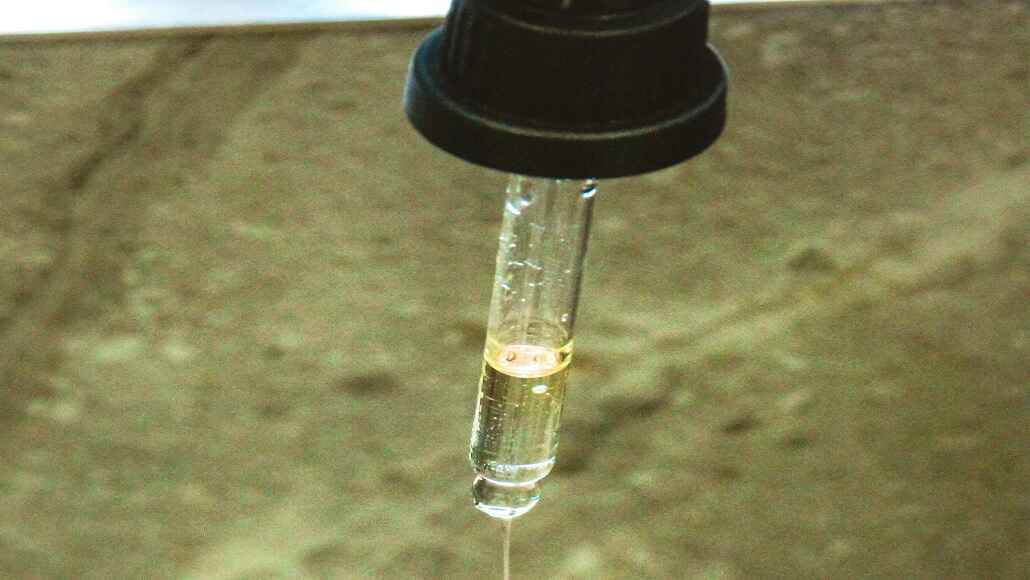Sterility and Cross-Contamination: The Cornerstones of Modern Biopharma Manufacturing
Biopharmaceutical production is all about sterility, accuracy, and safety. The risks are too high—patients who depend on these life-saving drugs expect nothing but the best, and sterility failure of any sort can result in catastrophic consequences, ranging from contaminated products to regulatory penalties or even product recall. Aseptic fluid transfer is one of the most important processes in these facilities and is crucial to maintaining sterile conditions throughout the drug manufacturing process.
Aseptic fluid transfer refers to the transfer of vital fluids such as cell cultures, media, buffers, and drug formulations in sterile pathways. Aseptic fluid transfer is aimed at preventing microbial contamination while preventing cross-contamination between products or batches. Technology improvements in diaphragm pump technology, fluid transfer systems, and closed-loop systems have recently become necessary to meet these severe sterility requirements.
Diaphragm Pumps: The Backbone of Aseptic Fluid Handling
A diaphragm pump is a special kind of fluid transfer technology that is specifically designed for critical and sterile applications. Diaphragm pumps work by employing a flexible diaphragm to drive fluids without subjecting them to external risks of contamination. This eliminates the necessity for lubrication, seals, or parts that might introduce particulates into the fluid stream.
Modern diaphragm pumps have become one of the most groundbreaking advancements in aseptic manufacturing. They can be used to perform soft fluid transfer, thus keeping sensitive biologic material like cellular medium or protein solutions in their original form during handling. The sealed system also keeps them from coming into contact with external contaminants, making them ideal for risk-critical applications like cleanroom and GMP environments.
The significance of such pumps is further heightened in intricate treatments like cell and gene therapies. Here, one contaminant can spoil the entire batch. Diaphragm pumps minimize the risks of contamination by smooth and leak-free fluid transfer without the intervention of humans. Moreover, their scalability ranges from small-batch clinical trials to large-scale commercial production.
The Role of Innovations in Modern Fluid Transfer Solutions
New technologies in aseptic fluid pumping are meant to make the process safer and more sterile, as well as to make it easier to do the job. One common example is diaphragm pumps that only need to be used once and don’t need to be cleaned or sterilised between uses. They are commonly pre-sterilized and disposable, and they offer a sterile manufacturing setup with less downtime between productions.
Another innovation is disposable aseptic tubing and connectors that can be easily connected to diaphragm pumps to provide closed fluid transfer lines. Sterile quick-connects and clamp devices provide for rapid connection without exposing the fluid to the air.
In addition, autonomous fluid handling technology has simplified intricate operations. Automated systems have simplified real-time monitoring and control of flow rate, pressure, and volume, reducing the need for human intervention while enhancing sterility assurance.
Addressing Cross-Contamination Risks
Cross-contamination is a critical concern for biopharmaceutical manufacture, particularly for plants that have multiproduct runs where shared equipment is standard. Trace levels of the original batch’s residual product can quickly compromise the integrity of the downstream product, triggering costly recalls or plant shutdowns.
The use of closed aseptic systems successfully removes the danger of cross-contamination. Closed aseptic systems work in completely sealed systems, and thus no outside contaminants can get into the routes while fluid is being transferred. Sophisticated designs, including zero dead leg valves and self-draining systems, also promote sterility by avoiding the deposition of residual material.
Firms are also using disposable single-use components to reduce the risk of cross-contamination even more. With new parts in every batch, residual carryover is avoided, and a clean slate is provided for every manufacturing run. This is particularly useful for plants that produce several products, such as biosimilars, vaccines, and gene therapies.
The Importance of GMP Compliance and Validation
Regulatory agencies worldwide have stringent requirements for aseptic fluid transfer systems used in GMP facilities. The requirements encompass system validation, traceability, and sterility assurance to ensure patient safety and product quality.
Diaphragm and other aseptic fluid handling equipment are designed to achieve such objectives through mechanisms like material traceability, certification of biocompatibility, and compliance with industry standards (e.g., ISO, USP Class VI). Robust documentation processes, including validation processes and batch records, also allow companies to demonstrate conformity in audits and inspections.
The validation benefit extends beyond equipment design. Manufacturers have to prove that their aseptic systems perform as intended when being employed in real-world processes. This involves conducting rigorous tests—like sterility testing, extractables and leachables testing, and microbial ingress testing—to prove the operation and safety of the fluid transfer system.
Looking Forward: The Future of Aseptic Fluid Transfer
The Future of Aseptic Fluid Transfer With increasing growth in the biopharmaceutical market, demand for advanced aseptic fluid transfer systems will drive growth. New trends such as automation, predictive maintenance, and process analytics will revolutionize the industry and improve the fluid handling process to be more efficient and precise.
The combination of single-use systems with digital technologies will increasingly drive sterility assurance through real-time system performance monitoring and risk of contamination. For example, sensors in diaphragm pumps can monitor flow rate and pressure and alert when deviations occur.
Additionally, more environmentally friendly approaches are on the rise in aseptic manufacturing. Companies are exploring environmentally friendly materials for disposable components and recycling initiatives to reduce the environmental footprint of disposables.
With ongoing innovation and dedication to sterility, the future of aseptic fluid transfer is bright with great potential for the future of biopharmaceutical manufacturing.





